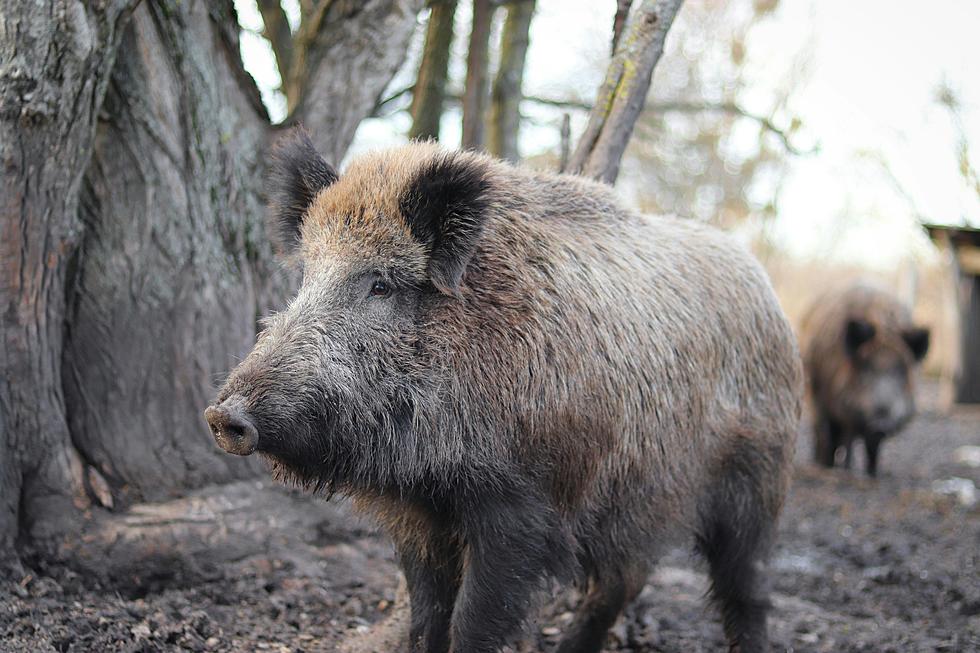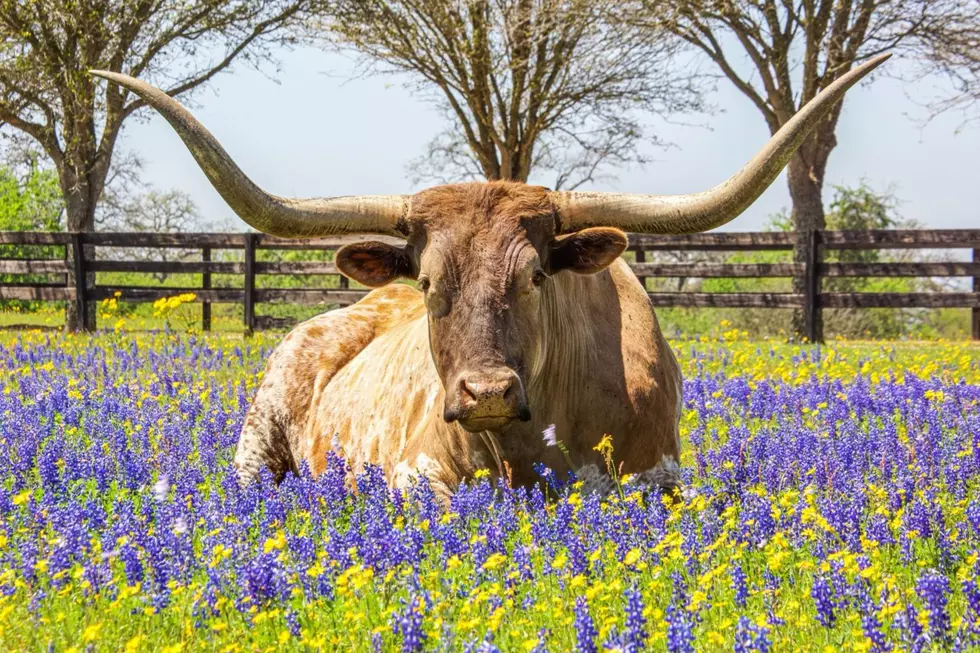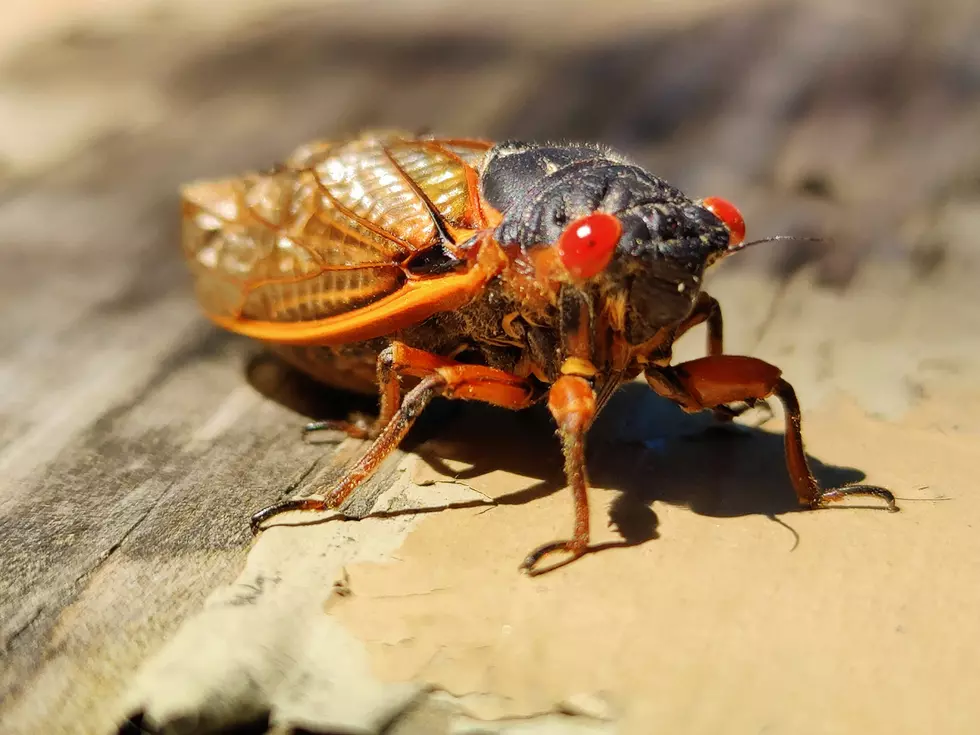
New Breed of Feral Super Pigs Could Be Devastating for Louisiana
Louisiana already has a big problem on our hands with feral hogs casing millions of dollars in damages each year, and the problem could soon be getting worse as a new breed of what's being called "Super Pigs" make their way into the United States.
Feral Hogs In Louisiana
Feral hogs a big problem in Louisiana and across the South.
Feral hogs, also known as wild pigs, wild boar, or feral swine, are non-native and invasive.
In 2023, it was estimated that there were well over one million wild hogs in Louisiana.
Those 1,200,000 wild hogs are causing major damage.
From brproud.com -
"In August, it was estimated there were about 1,200,000 wild hogs in Louisiana. According to a study from Captain Experiences, Louisiana is one of the states most impacted by wild hogs.
The study said that hogs’ expansion has cost about $2.5 billion in agricultural damage across the country. In Louisiana, wild hogs can cause $76 million in agriculture damage to the state annually."
Annually across the U.S., wild hogs cause over $2 billion in damages.
According to the Louisiana Department of Wildlife and Fisheries "If you hold a valid Louisiana Basic Hunting License, you may take feral hogs (where legal) year-round during legal daylight shooting hours."
As if Louisiana's current wild hog problem, there's a new, even larger problem on the horizon.
We're talking about Canadian Super Pigs.
Canadian Super Pigs
According to whiskeyriff.com, in the early 2000s the Canadian pork industry took a nosedive.
As a result, many farmers set their pigs loose into the wild.
Very bad move.
Over the past 20 years, Canadian scientist have seen the feral pig population boom.
Because these pigs were originally commercially bread in captivity, the hybridization resulted in much larger "super pigs".
From whiskeyriff.com -
"The hybridization resulted in much larger 'super pigs,' that can actually thrive in colder climates, unlike the feral pigs we’ve seen here in the U.S.
The reason they are able to survive is because of their much larger size."
These feral "super pigs" can survive in bitter cold environments, they feed on everything including ducks and goslings. They can even take down a deer and...even a human.
Oh, and they're coming our way.
Dr. Ryan Brook, head of the University of Saskatchewan’s Canadian Wild Pig Research Project, tells whiskeyriff.com that these new super pigs have already been tracked getting closer and closer to the U.S. border.
"We have already documented pig occurrences less than 10 miles from the U.S. border. Quite honestly, I think there have already been some in Manitoba going into North Dakota for the last 5 or 6 years.
There is no physical, biological boundary at the U.S.-Canada border. There is hardly any kind of fencing to speak of. There’s a real risk of pigs moving south into the U.S.”
You can read about these super pigs at whiskeyriff.com.
LOOK: 20 of the biggest insects in the world
Gallery Credit: Andrea Vale
More From 97.3 The Dawg









